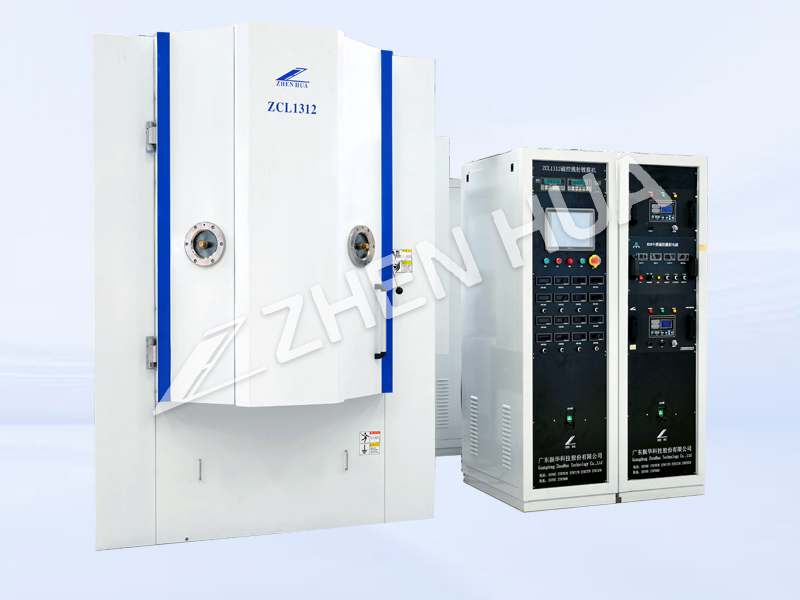When the deposition of membrane atoms begins, ion bombardment has the following effects on the membrane/substrate interface.
(1) Physical mixing. Because of high-energy ion injection, sputtering of the deposited atoms and the recoil injection of surface atoms and cascade collision phenomenon, will cause the near-surface area of the membrane/base interface of the substrate elements and membrane elements of the non-diffusion mixing, this mixing effect will be conducive to the formation of the membrane/base interface “pseudo-diffusion layer”, that is, the transition layer between the membrane/base interface, up to a few microns thick. A few micrometers thick, in which new phases may even appear. This is very favorable to improve the adhesion strength of the membrane / base interface.
(2) Enhanced diffusion. The high defect concentration in the near-surface region and the high temperature increase the diffusion rate. Since the surface is a point defect, small ions have a tendency to deflect the surface, and ion bombardment has the effect of further enhancing the surface deflection and enhancing the mutual diffusion of deposited and substrate atoms.
(3) Improved nucleation mode. The properties of the atom condensed on the substrate surface are determined by its surface interaction and its migration properties on the surface. If there is no strong interaction between the condensed atom and the surface of the substrate, the atom will diffuse on the surface until it nucleates at a high-energy position or is collided with other diffusing atoms. This mode of nucleation is called non-reactive nucleation. Even if the original belongs to the case of non-reactive nucleation mode, by ion bombardment of the substrate surface can produce more defects, increasing the nucleation density, which is more conducive to the formation of diffusion – reactive nucleation mode.
(4) Preferential removal of loosely bound atoms. The sputtering of surface atoms is determined by the local bonding state, and ion bombardment of the surface is more likely to sputter out loosely bonded atoms. This effect is more pronounced in the formation of diffusion-reactive interfaces.
(5) Improvement of surface coverage and enhancement of plating bypass. Due to the high working gas pressure of ion plating, evaporated or sputtered atoms are subjected to collision with gas atoms to enhance scattering, resulting in good coating wrap-around properties.
–This article is released by vacuum coating machine manufacturer Guangdong Zhenhua
Post time: Dec-09-2023


